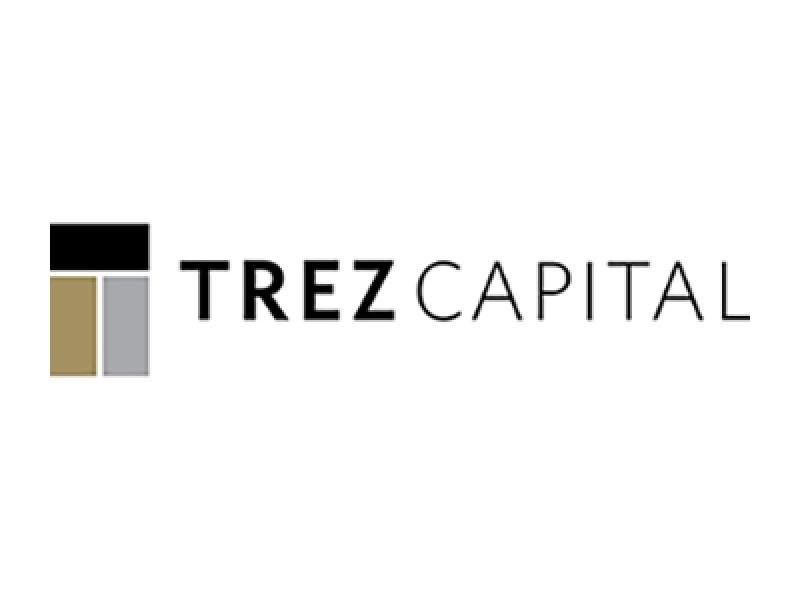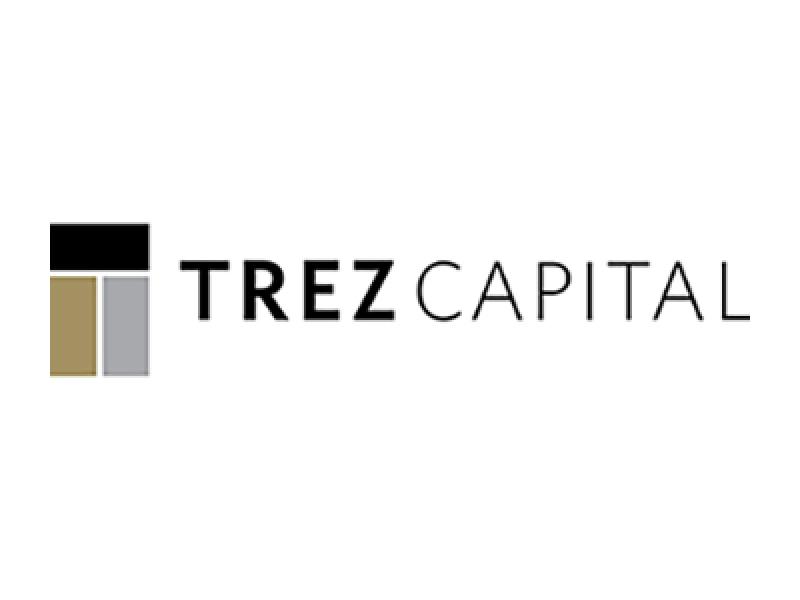
As we navigate the complex landscape of the North American commercial real estate market, it’s important to note that the current cycle stands apart due to fundamentals.
Unlike the challenging times of the Global Financial Crisis, this time around, the commercial real estate sector has not contributed to the recessionary conditions. Rather, the market has showcased resilience and, in many regions, sustaining growth in the face of economic uncertainties.
The key differentiator is the driving force behind the recent economic conditions. The pandemic catalyzed strength in specific sectors, notably multi-family and industrial real estate in Canada’s top cities and the U.S. Sunbelt states.
The outlook for vacancy rates
Examining the past two decades, annual vacancy rates and trendlines for major real estate sectors paint a promising picture. Vacancy rates are at historically low levels.
The industrial real estate sector realized the benefits of lockdowns and the exponential growth of e-commerce. The surge in online shopping translated to an unprecedented demand for warehouses and third-party logistics (3PL) facilities.
Multi-family real estate is currently the best performing asset class overall. There may be increases to operating and build costs in this changing environment, but the continued low vacancy rates afford multi-family owners and investors the ability to adjust rents upwards to account for market changes.
Looking toward peak interest rates
Since last March, the Bank of Canada (BoC) and the U.S. Federal Reserve (Fed) have increased short-term policy rates intensely to restrain inflation. Thus far, efforts are paying off; overall, year-over-year (YoY) core consumer price inflation (excludes food and energy items) in Canada has fallen from a peak of 5.4% to 3.4% as of July, while corresponding U.S. inflation has slowed from 6.6% to 4.7%. As central banks navigate the fine line between slowing inflation and tipping the economy toward recession, market expectations of short-term U.S. Secured Overnight Financing Rates (SOFR) indicate an additional increase of 10 basis points (bps) by mid-November, leading to a decline of over 50 bps by the end of Q2 2024 according to Chatham Financial, One-month term SOFR forward curve. Interest rate cap costs on floating rate loans remain high but appear to have peaked, according to Pensford's interest rate cap cost analysis for CBRE.
While the future trajectory of interest rates is uncertain, the ongoing effects on commercial real estate are apparent. Transaction volume will likely remain slow over the remainder of the year as financing costs remain high and bid-ask spreads widen. Furthermore, rising costs of floating rate debt and higher mortgage rates for refinances are creating an expanding pool of distressed assets, providing buying opportunities and resulting in a “refinance gap” whereby some existing term loans are rightsized at maturity.
This gap will provide opportunities for bridge and mezzanine lenders. Based upon Fed Flow of Funds data, an estimated $533 billion in commercial and multi-family loans are scheduled to mature in 2024, up from $493 billion in 2022. According to MSCI/Real Capital Analytics, U.S. outstanding distress debt reached $71.8 billion in Q2, with office and retail sectors accounting for two-thirds of that number. The distress is likely to remain concentrated in the office sector, according to an analysis by CBRE-EA.
The RE/MAX Commercial Real Estate Report (Canada 2023) stated that caution characterized commercial real estate investment activity for the first half of 2023, but sentiment is shifting. Positive indicators have emerged, suggesting increased demand for the back half of the year for key asset classes like multi-family and industrial. According to Mordor Intelligence, Canada’s commercial real estate market is estimated at $71.65 billion in 2023 and is expected to reach $103.28 billion by 2028, which would mean a Compound Annual Growth Rate of 7.59%.
Rent growth is predicted to continue accelerating, outpacing supply further driving down vacancy rates. Despite an expected record amount of new supply scheduled for completion in 2023, CBRE forecasts a minimal impact on national availability. This is attributed to robust pre-leasing activities and a conservative approach to construction, which collectively contribute to the continued tightness of market conditions.
Investors’ concerns for the next several years are not unfounded. Interest spreads have widened, and cap rates have increased in the real estate market across North America. Various factors contribute to this, such as the increasing interest rate environment.
However, investors are presented with a unique window of opportunity to capitalize on current market dynamics. Acquiring assets at lowered values and higher initial yields is an attractive prospect.
Conservative underwriting and enhanced credit performance
Investors will benefit from more conservative underwriting practices, particularly during periods marked by higher interest rates and cap rates. A closer look at average loan-to-value (LTV) ratios for permanent fixed-rate U.S. commercial and multi-family loans reveals that they are currently at their lowest levels in over a decade. Prudent underwriting will yield improved credit performance and will bolster investor confidence.
Increased confidence for the future of commercial real estate
The unique factors driving this economic cycle have set it apart. Robust performance in multi-family and industrial sectors coupled with historically low vacancy rates paints a promising picture for North America’s commercial real estate landscape. While challenges remain, investors can navigate this cycle by capitalizing on lowered asset values and employing strategic timing by selecting to invest with an experienced manager. With conservative underwriting practices reinforcing credit performance, the stage is set for a resilient period in the commercial real estate market.
About Trez Capital
Founded in 1997, Trez Capital is a diversified real estate investment firm and preeminent provider of commercial real estate debt and equity financing solutions across North America. Trez Capital offers private and institutional investors strategies to invest in a variety of opportunistic, fully secured mortgage investment funds, syndication offerings and real estate joint-venture investments; and provides property developers with quick approvals on flexible short- to mid-term financing.
With offices across North America, Trez Corporate Group has over $5.3* billion CAD in assets under management and has funded over 1,700 transactions totalling more than $17 billion CAD since inception. For more information, visit www.trezcapital.com.
*Trez Corporate Group AUM includes assets held by all Trez-related entities as well as $3.0 billion Manager AUM (Trez Capital Fund Management Limited Partnership).











